
Implementing Multi-Tenant Architecture in Web Applications
Apr 27, 2024 5 Min Read 1056 Views
(Last Updated)
In cloud computing and SaaS, multi-tenant architecture is an important concept, allowing a single software instance to serve multiple tenants. While it offers scalability and cost efficiency, the implementation of multi-tenant architecture also presents distinct challenges such as ensuring data security and maintaining system performance.
This blog will guide you through the implementation of multi-tenant architecture in web applications. We’ll cover various architectural models, learn critical considerations like security, and offer practical advice. This blog will provide valuable insights into creating efficient, scalable multi-tenant applications. Let’s explore the multi-tenant architecture.
Table of contents
- What is Multi-Tenancy?
- Resource Sharing
- Data Isolation
- Cost Efficiency
- Scalability
- Customization and Configuration
- Maintenance and Updates
- How to Implement Multi-Tenant Architecture in Web Applications
- Choose the Right Multi-Tenant Architecture
- Tenant Identification
- Database Design
- Middleware for Tenant Resolution
- Security and Data Isolation
- Performance and Scalability
- Customization and Configurability
- Automate Provisioning and Management
- Testing and Quality Assurance
- Continuous Updates and Maintenance
- Best Practices for Implementing Multi-Tenant Architecture
- Thorough Tenant Isolation
- Scalable Database Design
- Flexible and Configurable Tenant Customization
- Resource Monitoring and Fair Allocation
- Automated Tenant Provisioning
- Security and Compliance
- Use of Multi-Tenant Aware Components
- Efficient Data Management
- Continuous Integration and Deployment (CI/CD)
- Regular Testing and Quality Assurance
- Responsive Support System
- Conclusion
- FAQs
- How can data security be maintained in a multi-tenant environment?
- What strategies help effectively scale a multi-tenant architecture?
- What are common challenges in multi-tenant architecture and how to address them?
What is Multi-Tenancy?
Multi-tenancy is an architecture in which a single instance of a software application serves multiple customers, each known as a tenant. This approach is commonly used in cloud computing and Software as a Service (SaaS) applications.
Here are the key aspects of multi-tenancy:
1. Resource Sharing
In a multi-tenant architecture, the application’s core infrastructure, such as servers, storage, and databases, is shared among all tenants. This sharing enables more efficient use of resources compared to having separate instances for each tenant.
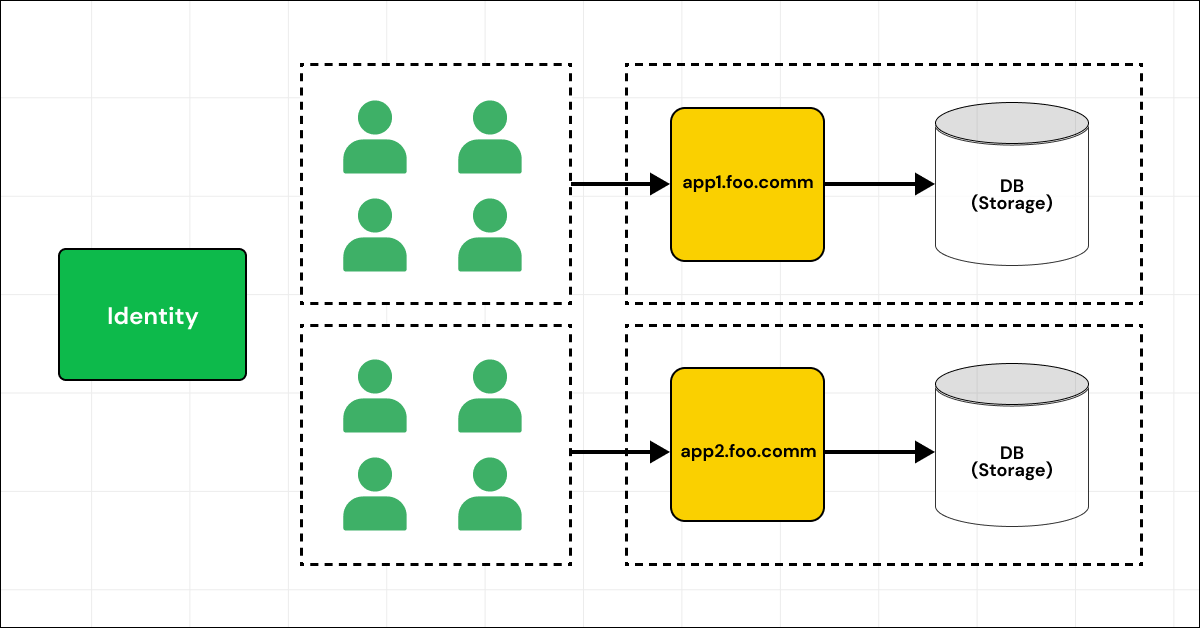
2. Data Isolation
Despite the shared environment, each tenant’s data is kept isolated from the others. This isolation is important for security and privacy, ensuring that one tenant cannot access another’s data.
3. Cost Efficiency
By centralizing administration and pooling resources, multi-tenancy can reduce costs associated with software licensing, maintenance, and infrastructure.
Also Explore: The Rise of Edge Computing in Web Development [2024]
4. Scalability
Multi-tenant systems are designed to scale seamlessly as the number of tenants increases. This scalability is managed without significant changes to the application, making it an attractive option for growing businesses.
5. Customization and Configuration
While the core application remains the same, multi-tenant applications often offer a range of customization options. Tenants can typically configure aspects of the application, such as user interface (UI) themes, workflows, and features, to suit their specific needs.
6. Maintenance and Updates
Updates and maintenance are simplified in a multi-tenant environment. Since there’s only one instance of the software, updates can be rolled out to all tenants simultaneously, ensuring that everyone has access to the latest features and security enhancements.
Multi-tenancy allows for efficient resource use and easier management while providing each tenant with a secure and isolated environment. This makes it an ideal choice for providers of SaaS applications where multiple customers access the same application but do not share or see each other’s data.
Ready to elevate your coding skills? Join GUVI’s Full Stack Development course today and learn to build versatile, high-performing web applications. Enroll now and transform your career with expert-led training!
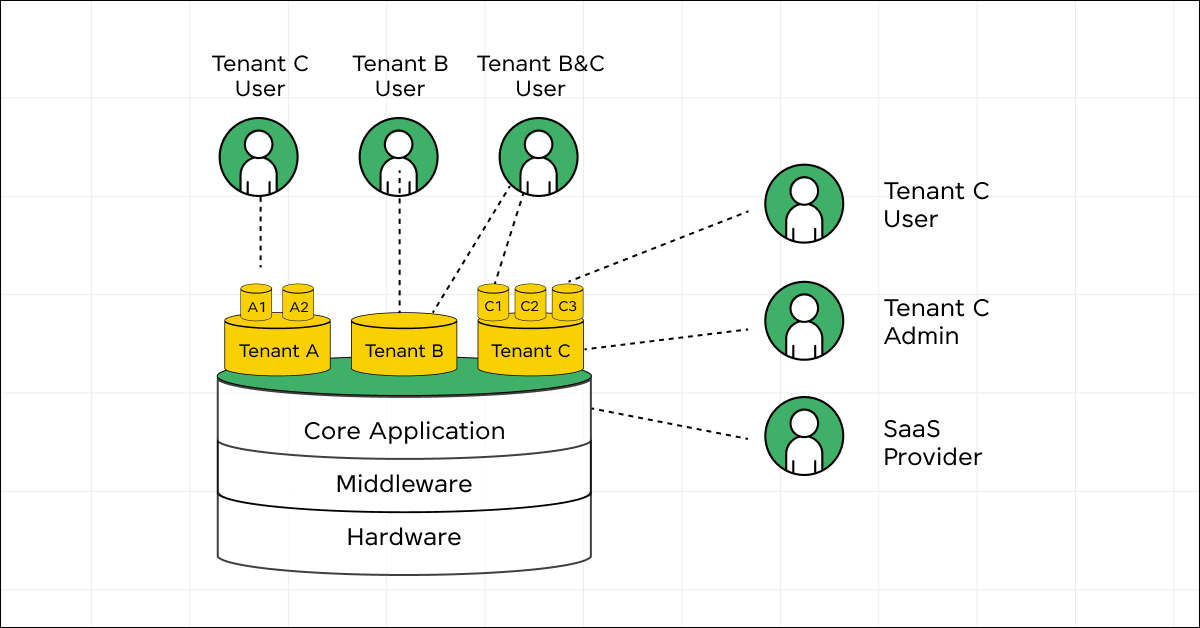
Having explored what multi-tenancy is and the benefits it offers, let’s now turn our attention to how we can implement a multi-tenant architecture in web applications.
Must Explore: 7 Unique Web Development Project Ideas for Beginners
How to Implement Multi-Tenant Architecture in Web Applications
Implementing multi-tenant architecture in web applications involves a series of design decisions and technical implementations that ensure efficiency, scalability, and isolation among tenants. Here’s a step-by-step guide on how to implement this architecture effectively:
1. Choose the Right Multi-Tenant Architecture
Selecting the appropriate architecture model is important for the success of your multi-tenant application. The choice depends on your specific needs for scalability, isolation, and management. Depending on your needs, you might choose one of the following models:
- Single Database: All tenants share a single database, but data is logically separated using tenant-specific identifiers.
- Shared Database, Separate Schemas: Each tenant has its database schema within a shared database, providing better isolation while still sharing the database server.
- Separate Databases: Each tenant has its own database, providing maximum isolation and security.
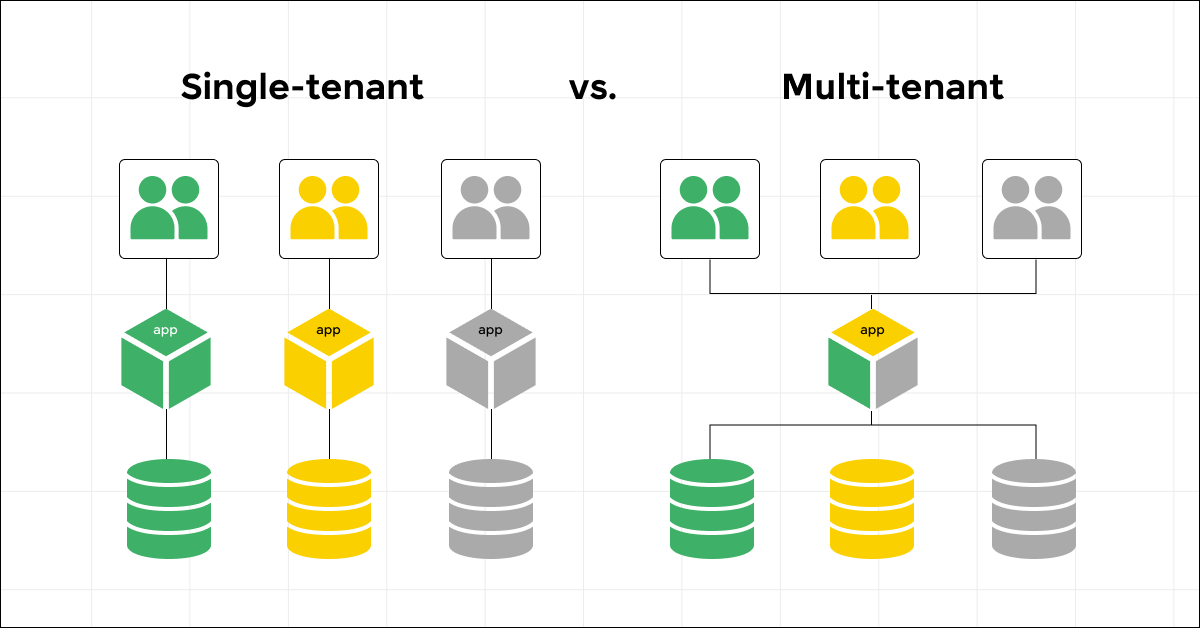
2. Tenant Identification
To manage data and requests accurately across tenants, it’s essential to identify tenants effectively. Accurate tenant identification ensures that the application delivers the right data and services to the right tenant. You need a reliable method to identify tenants and serve them the correct data:
- At the DNS level: Using different subdomains or domains to route requests to the appropriate tenant.
- At the application level: Identifying the tenant from the login session or API key and ensuring all queries are scoped to that tenant.
3. Database Design
Designing your database to handle multi-tenancy involves ensuring data isolation. Proper design will prevent data leaks between tenants and ensure security. For data isolation and security, design your database with multi-tenancy in mind:
- Single Database: Include a tenant ID column in each table to differentiate data rows per tenant.
- Separate Schemas or Databases: Set up scripts to automatically handle schema creation and updates for new tenants.
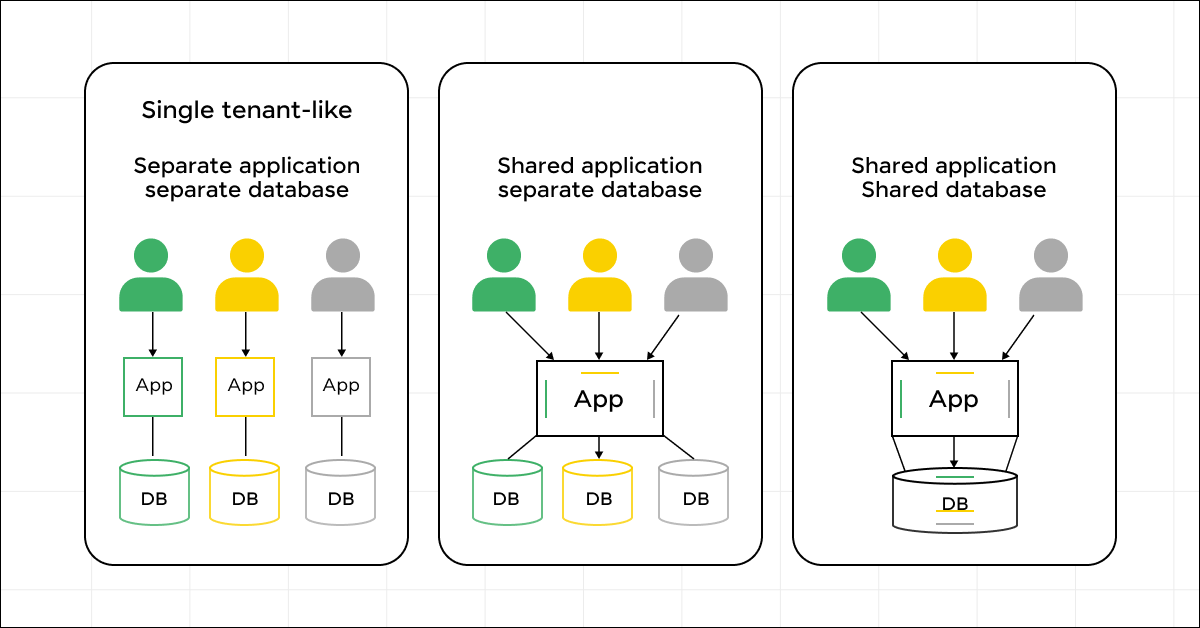
Know About Real-world Web Development Applications
4. Middleware for Tenant Resolution
Implementing middleware that can determine which tenant is making a request and setting the database context accordingly is important. This layer handles the routing of requests based on the tenant identifier and ensures that each tenant interacts with the correct slice of data. Implement middleware in your application stack that detects the tenant based on the incoming request (e.g., URL, custom header) and sets the database context accordingly.
5. Security and Data Isolation
Security is paramount in a multi-tenant architecture. Implementing strict access controls and using encryption protects tenant data from unauthorized access and ensures privacy. These measures help maintain trust and compliance with data protection regulations. Ensure robust security measures are in place:
- Access Controls: Implement strict access controls to ensure that tenants can only access their data.
- Data Encryption: Use encryption to secure tenant data, both at rest and in transit.
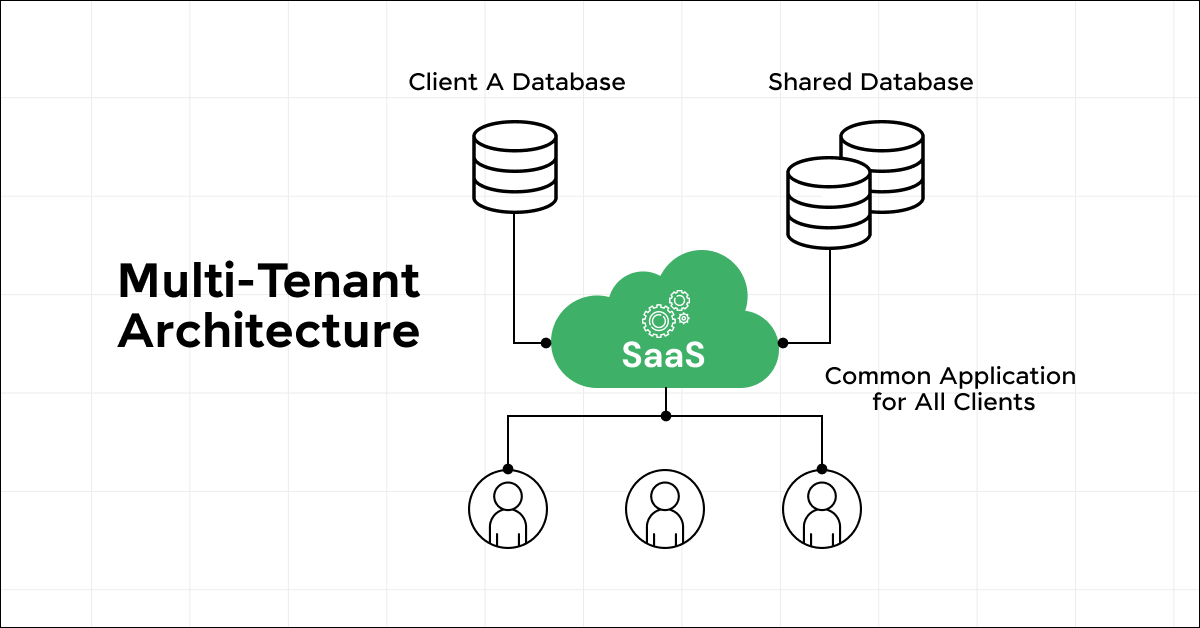
6. Performance and Scalability
Ensuring that your application can scale and perform well under the load of multiple tenants is essential. Implement resource quotas and consider tenant-aware caching to manage load effectively and maintain performance levels across all tenants. Optimize application performance and scalability:
- Resource Allocation: Use resource quotas to prevent any tenant from overusing resources.
- Caching Strategies: Implement tenant-aware caching to improve response times and reduce database load.
7. Customization and Configurability
Allowing tenants to customize aspects of the application, such as the user interface and available features, can significantly enhance user satisfaction. Providing these options helps tenants tailor the application to their specific needs. Allow tenants to customize aspects of the application:
- User Interface: Offer customizable themes or layouts.
- Features and Modules: Enable or disable features per tenant as required.

8. Automate Provisioning and Management
Automating the setup and management of tenants can greatly increase the efficiency of operations. Automate the provisioning of new tenants and the scaling of resources:
- Provisioning Scripts: Automate the setup of new tenants using scripts.
- Monitoring and Management Tools: Use tools to monitor usage and manage tenants effectively.
Also Read: Top 9 Web Development Tools
9. Testing and Quality Assurance
Thorough testing ensures that the application works correctly for all tenants under various scenarios. Ensure your application behaves correctly across different tenants:
- Unit Testing: Write tenant-specific tests to verify logic under multi-tenant conditions.
- Load Testing: Simulate multiple tenants using the application to test scalability and resource usage.
10. Continuous Updates and Maintenance
Develop a streamlined process for deploying updates that minimizes disruption. Regular updates are necessary to keep the application secure and feature-rich, and feedback from tenants can help prioritize these updates. Develop a process for updating the application without disrupting service to tenants:
- Rolling Updates: Deploy updates in a way that minimizes downtime for tenants.
- Feedback Loop: Implement a system for tenants to provide feedback and request features.
Implementing multi-tenant architecture is complex and requires careful planning and execution. By following these steps, you can build a robust, scalable, and secure multi-tenant web application that effectively serves multiple tenant needs while maintaining isolation and performance.
Also Read: Real-world Web Development Applications
Having explored the fundamental steps to implement multi-tenant architecture in web applications, let’s learn some of the best practices that can ensure a robust, scalable, and secure multi-tenant environment.
Best Practices for Implementing Multi-Tenant Architecture
Implementing multi-tenant architecture effectively in web applications involves adhering to best practices that ensure scalability, security, efficiency, and tenant satisfaction. Here are some of the most important best practices to consider:
1. Thorough Tenant Isolation
Ensuring robust data isolation between tenants is paramount. This can be achieved through database-level security measures, such as using separate schemas or databases for each tenant, or by adding tenant-specific identifiers in shared databases. It’s important to prevent any data leakage between tenants to maintain trust and comply with privacy regulations.
2. Scalable Database Design
Design your database schema to accommodate growth without performance degradation. Make sure the schema is optimized for quick data retrieval and efficient data storage, considering the future growth in tenant numbers and data volume.
Also Read: Scalable Vector Graphics (SVG) for Responsive UI Design
3. Flexible and Configurable Tenant Customization
Allow tenants to customize their instance of the application within predefined limits. This could include UI themes, functional features, and data storage options. Providing a high degree of customization helps meet diverse tenant needs and can be a key selling point for your service.
4. Resource Monitoring and Fair Allocation
Implement monitoring tools to track the performance and resource usage of each tenant. Use this data to enforce fair resource allocation policies and prevent any single tenant from monopolizing shared resources, which could affect the service quality for other tenants.
5. Automated Tenant Provisioning
Automate the process of onboarding new tenants to minimize the operational overhead and speed up the deployment process. Automation should cover the creation of tenant environments, initial configuration, and integration with billing systems.
Also Explore: Top 10 Backend Web Development Frameworks In 2024
6. Security and Compliance
Adhere to stringent security protocols to protect tenant data. This includes using encryption, both at rest and in transit, regular security audits, and compliance with relevant regulations (e.g., GDPR, HIPAA). Implementing comprehensive access control and authentication measures is also important.
7. Use of Multi-Tenant Aware Components
Where possible, use middleware and other software components that are designed to handle multi-tenancy. These components can simplify the development and maintenance of your application by handling common multi-tenant functions, such as tenant isolation, data security, and resource management.
8. Efficient Data Management
Implement data archiving and purging policies that keep the database performance optimized. Efficient data management reduces storage costs and maintains high performance as the amount of tenant data grows.
9. Continuous Integration and Deployment (CI/CD)
Establish a robust CI/CD pipeline that supports frequent updates with minimal downtime. This pipeline should handle different configurations and customization options for various tenants without compromising the stability of the production environment.
Know More: Continuous Integration vs Continuous Deployment in DevOps (A Comprehensive Guide)
10. Regular Testing and Quality Assurance
Regularly test the application across different tenants to ensure that new updates do not break functionality. Testing should include security penetration tests, performance testing, and testing for functional correctness across different tenant setups.
11. Responsive Support System
Develop a responsive and knowledgeable support system to assist tenants with technical issues, customization needs, or operational queries. A strong support system enhances tenant satisfaction and retention.
By following these best practices, developers and businesses can create multi-tenant applications that are secure, scalable, and capable of serving a diverse range of tenant needs efficiently. Each practice contributes to building a robust foundation that supports growth and adapts to changing requirements over time.
Also Read: 10 Best Skills for Web Development
Conclusion
While multi-tenant architecture presents certain challenges, its advantages in terms of scalability, cost-efficiency, and streamlined management make it a strategic choice for any business aiming to use cloud computing and SaaS models. Adopting multi-tenant architecture can not only enhance operational efficiency but also provide a platform that supports sustainable growth and innovation in the increasingly competitive landscape of web applications.
Also Read: Major Roles And Responsibilities of a Web Developer in 2024
FAQs
How can data security be maintained in a multi-tenant environment?
Ensure robust data security by implementing tenant isolation, strict access controls, encryption of data at rest and in transit, and conducting regular security audits to safeguard tenant data.
What strategies help effectively scale a multi-tenant architecture?
Scale effectively by using elastic cloud resources, employing load balancing to distribute workload, implementing tenant-aware caching, and adopting a service-oriented architecture to allow for independent scaling of services.
What are common challenges in multi-tenant architecture and how to address them?
Common challenges include balancing customization with standardization, managing performance interference among tenants, and handling complex database management.
Address these by offering configurable modules for customization, setting resource quotas for fair usage, and utilizing automated management tools for efficient data governance.

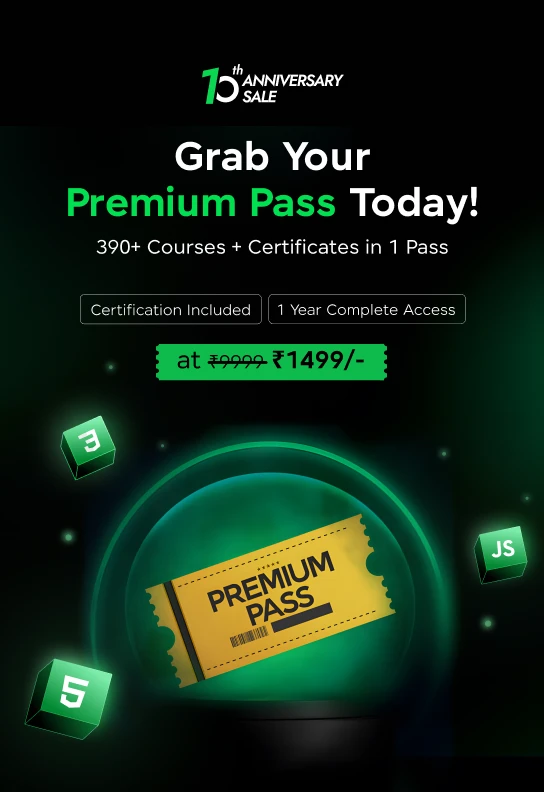
























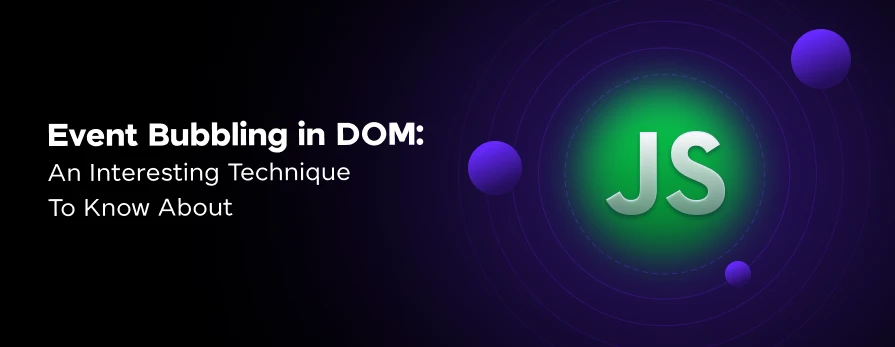



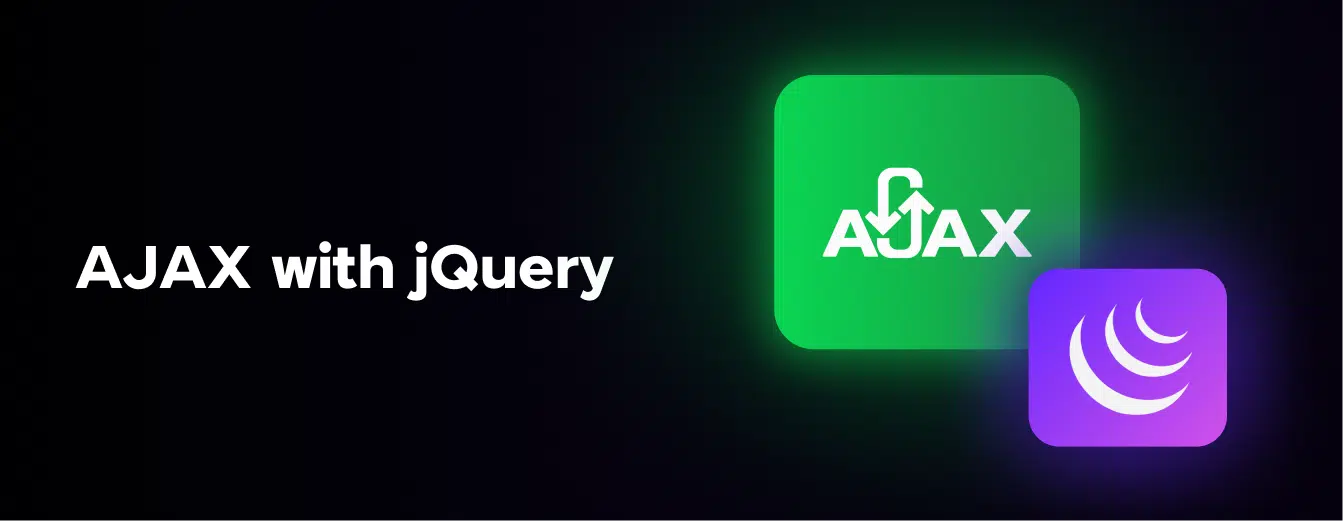

Did you enjoy this article?